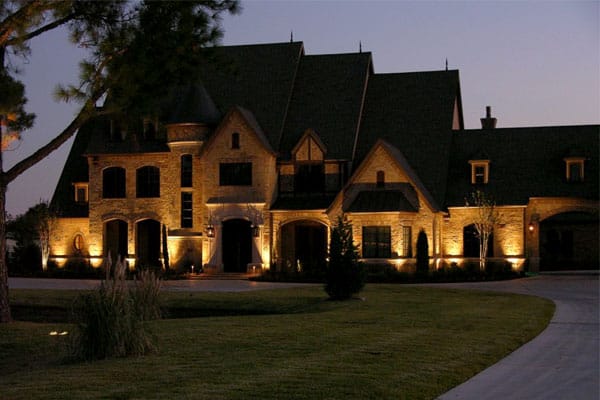
Whether your goal is to save the planet, reduce your expenses, or achieve a combination of both, saving energy is one of the best ways to meet it. Most homeowners use more energy than necessary for a wide variety of daily activities and thus have many chances to cut their consumption without changing their lifestyles in any significant way. Chief among these is lighting. By adopting the latest advances in efficient bulb technology, you can illuminate your home just as effectively as you do now while promoting energy efficiency.
CFLs: The First Generation of Efficient Illumination
Compact Fluorescent Lamps, or CFLs, are a type of bulb that use mercury to radiate light more efficiently than traditional bulbs do. These bulbs are recognizable by their unique shape; instead of a single orb, they are made up of one or more folded or curved tubes. Most CFLs fit into the vast majority of sockets designed for incandescent bulbs, meaning you should have no trouble replacing the lights you use now with CFLs.
CFLs use only a tiny fraction of the energy that incandescent lights require to produce a given amount of light. A 15 watt CFL, for example, will produce roughly the same amount of light as a 60-watt incandescent, so you will only have to use a quarter of the energy to illuminate your home. This means that if you keep a single CFL light on for 2 hours a day, 365 days a year, it will add only $1.20 to your energy bill at current electricity prices. By contrast, keeping an incandescent light on that much would add $4.80.
LEDs: The Highest Standard of Lighting Efficiency
Light-emitting Diode, or LED, bulbs use semiconductors to emit light. This process saves even more energy and money than CFL lights can. The typical LED light bulb only uses 20 percent of the energy that an incandescent light consumes. If you were to illuminate a 12 watt LED bulb for 2 hours a day every day of the year, you would only add a single dollar to your annual electricity bill.
Besides saving energy, LED lights have the advantage that they almost never need to be replaced. A 12 watt LED bulb can burn for 25,000 hours before it needs to be changed, compared to 10,000 hours for an equivalent CFL light and only 1,000 hours for an incandescent. This makes LED lights ideal for outdoor lighting, as you will not have to worry as much about bulbs breaking and falling into the natural environment. LEDs also do not use mercury, giving them a safety and environmental advantage over CFLs and making them easier to dispose of.
Contact Us Today
Creative Nightscapes offers LED bulbs and other efficient lights for a wide variety of applications. For more information on effective illumination that saves both the environment and your budget, contact us today.
